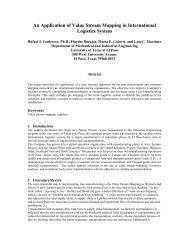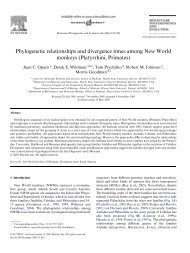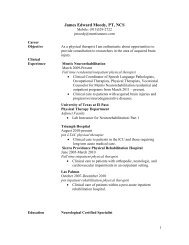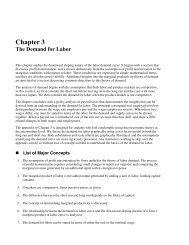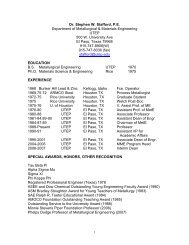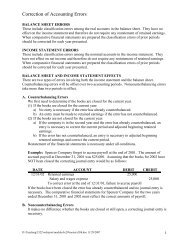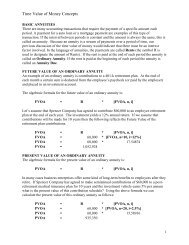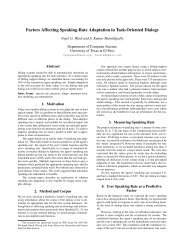Real-time Image-Based Motion Detection Using Color and Structure
Real-time Image-Based Motion Detection Using Color and Structure
Real-time Image-Based Motion Detection Using Color and Structure
Create successful ePaper yourself
Turn your PDF publications into a flip-book with our unique Google optimized e-Paper software.
Fig. 2. The frequencies corresponding to the known kernel indices are stored in<br />
the given look up for one pixel. The frequency belonging to a particular kernel<br />
designates the no of frames for that pixel which has the same kernel value.<br />
<strong>Color</strong> Histograms The color probabilities are obtained in a similar fashion but<br />
using the concept of color histograms. In this case initially the color intensities<br />
are obtained in RGB format <strong>and</strong> based on these values the color cube/bin corresponding<br />
to the Red-Green-Blue values of the pixel is determined. Since each<br />
color is quantized to 4 levels the sum total of 4 3 = 64 such bins are possible. So<br />
every pixel has a corresponding counter containing 64 values <strong>and</strong> the color cube<br />
values form the indices of this counter look up. The color counter contains the<br />
frequency of that pixel having a particular color across all frames.<br />
Fig. 3. The color cube displays one of the total 4 3 = 64 bins possible.<br />
2.2 Testing<br />
The frames from the test video are used to obtain the pixel intensities in both<br />
gray level <strong>and</strong> R-G-B color space. Then for every one of these pixels we compute



